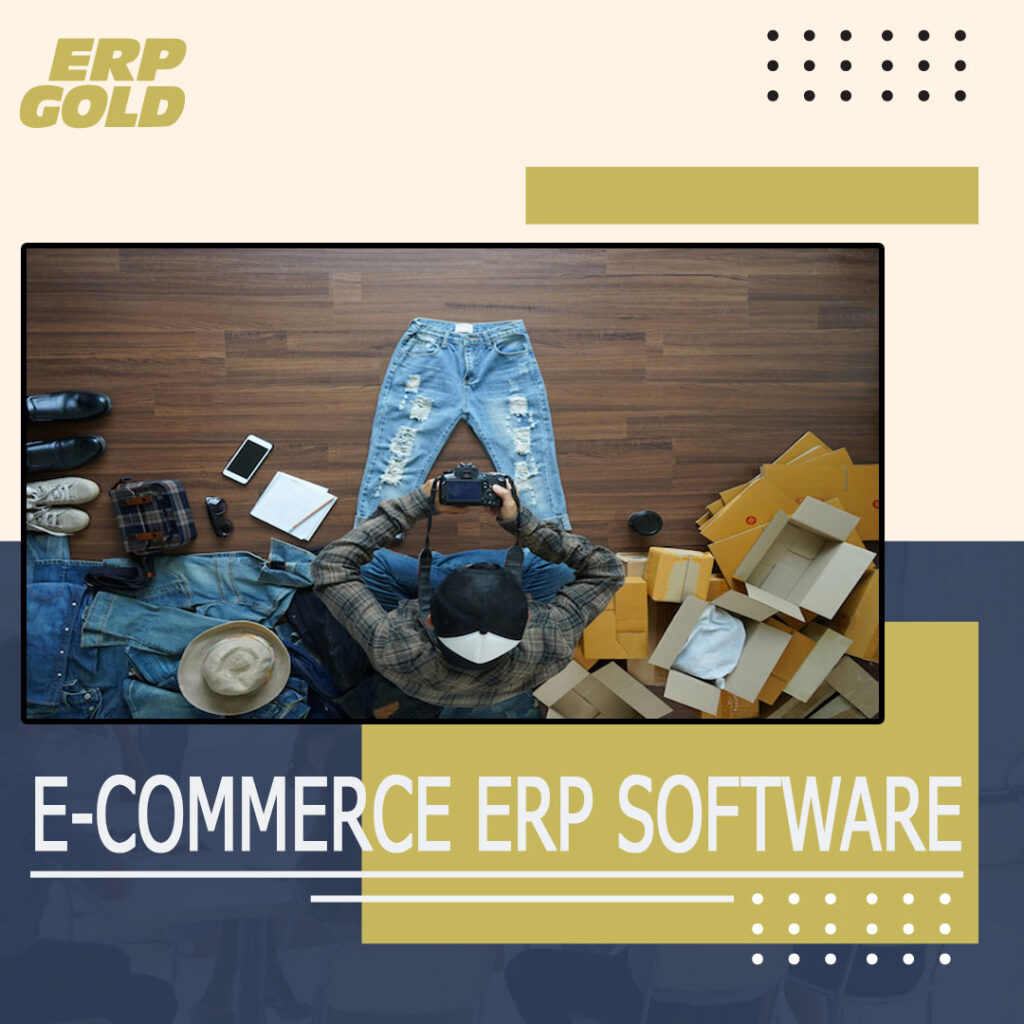QuickBooks inventory Software helps you track stock movement and manage product information in real-time, giving you access to real-time inventories and customer details. Using QuickBooks inventory Software, one can also track stock and sales for multiple locations.
QuickBooks inventory Software has a variety of reports and dashboards, which help you, get real-time insights into your business. This inventory Software is available in cloud-based and on-premises versions, giving you the flexibility to choose the software that best fits your business needs.
Combine The Power Of Quick Book Inventory With Erp Gold
ERP Gold is a ERP software for small and medium-sized businesses that allows you to manage your business seamlessly so that you can focus on your core competencies. With ERP Gold, you can reduce errors, increase efficiency and achieve profitability in your industry.
How does ERP Gold work?
ERP Gold works is cloud-based business management software used to automate, organize and streamline various business processes. ERP Gold works features like customer relationship management, project management, accounting modules are well designed to optimize the working process of any business irrespective of its size. Wanna Combine the power of Quickbooks Inventory software with ERP Gold.[/vc_column_text][vc_column_text]
Important Features of ERP Gold Inventory Software
Multiple CHANNELS Integration
Increase the size of your online store by utilizing multiple platforms.Business-to-business (B2B) or business-to-consumer (B2C). Manage your visibility across different online retail channels to enhance your potential sales. Let free of your worries and keep track of all of your internet activities in one place. ERP Gold enables you to create reports and track sales activity across all platforms, including Amazon, eBay, and Walmart.
SERIALIZATION
Powerful and intelligent Batch, barcode, transfer, sale, and track serialized inventory control. ERP Gold is a world leader in serialized inventory management software for retailers and wholesalers of electronics and medical equipment. Customized to your workflow requirements, with integrated modules such as accounting, inventory, order processing, and shipping. ERP Gold provides more excellent expansion opportunities and inventory sync with several marketplaces such as Amazon, eBay, Walmart, Bestbuy, etc
Inventory management is accomplished through the use of a unique serial number. Creating batches, locations, and departments and transferring data between them one by one or in bulk. Tracking of individual serial numbers by department or stage and status and history.
Different sections or Segments for separate accounting transaction
With the best accounting software in low cost, ERP Gold is providing Segments by Department in just single tool, you can easily split financial data according to department or project. You don’t need to worry about data loss because it’s easy to backup your data. It also allows you to print reports for different purposes such as tax return form and check registers.[/vc_column_text][vc_column_text]
Benefits of ERP Gold with Quickbook Inventory Software
ERP Gold Offers Customization
ERP gold is web-based software that can be customized as per the needs and requirements of any business. ERP Gold working can be accessed from anywhere globally through a desktop, laptop, android, or iPhone device. ERP Gold works also provide multi-users interphase simultaneously on the same system without compromising the speed.
ERP Gold is Easy to Use and World-class support
Anyone can use this Inventory Software. It is so easy to use, even if you have never used inventory software before, you will be able to figure it out. The program walks you through each step, so you can’t go wrong. Plus, there is a help button that pops up whenever you need it. Other than that, ERP Gold has world class and seasoned team with extensive experience in dealing with erp implementation in small and medium sized business. Thus, One would be able to get hands on training through them whenever or wherever necessary that is unappalled. ERP Gold Team is always ready to provide training and support whenever needed to the subscribers.
ERP Gold is as affordable as QuickBooks Inventory Software is,
ERP Gold offers various subscription plans as per the dimensions and needs of small and medium sized business. So, for small businesses who want to keep track of their inventory, budget, and purchase orders and other relevant functions. ERP Gold which is the best inventory software and it is affordable and easy to use, making it a great option for businesses.
Accurate Tracking And Reporting.
ERP Gold Inventory Software helps business owners to accurately keep track of inventory and also helps in ordering and tracking products. ERP Gold Inventory Software is a reliable and efficient software for businesses of all sizes. So, both software combines to create a joint strong action. It makes it easy to keep track of inventory levels, what is selling and what needs to be reordered. The software also creates purchase orders for items that need to be restocked. It has different reporting features that generate reports as per the need and requirements like the aging of receivable, inventory reports, vendors payable reports, profit, and loss statements and others to accurately track the health of your assets or your business.
ERP Gold Software is Customizable.
Businesses have different inventory needs, so Erp Gold offers customization features to help businesses track their specific inventory. Custom fields can be added to track information such as serial numbers, barcodes, and location. ERP Gold also offers custom reports that provide information on inventory levels, costs, and sales. This information can help businesses make better decisions about their inventory.
Efficient Management of Inventory in ERP Gold.
ERP Gold Inventory Software not only customizable but also it has inventory, advance inventory, and serialization features for robust inventory tracking, so is efficient because it helps businesses keep track of their inventory levels and stock changes with no headache of nature . This software is also beneficial because it assists with ordering more stock when necessary. Overall, ERP Gold Inventory Software is an essential tool for businesses that need to efficiently manage their inventory.
ERP Gold Software is scalable.
ERP Gold is scalable, meaning that it can be used by businesses of all sizes. Whether you own a small business with a few products or a large business with multiple warehouses and a complex inventory, ERP Gold has the functionality you need to manage your inventory effectively, specially it has advance functionality of inventory, advance inventory, manufacturing and others.
Save Your Time And Money
ERP Gold System is a cloud-based software solution for small and medium businesses. It offers a complete set of tools that allow you to manage each stage of your business operations, from accounting to sales and service, crm, purchase management, accounting, email marketing, and other modules. As a result, it will save you time and money while improving your overall performance.
Automation of Entire Business Operation with ERP Gold!!!
ERP Gold inventory software is designed to help businesses manage their inventory with just single software package. ERP Gold inventory software is also designed to integrate with other business functions, such as accounting and invoicing, order management shipping, multi channel inventory management. And this makes it easy for businesses to manage their entire operations using a single software package. No worry of getting package of other software!!!
Ending Thought
It has become challenging for many Business owners to manage their business in this modern era. ERP Gold makes the entire process easier for their clients to access with just clicks and makes them accessible. ERP is the best solution to your problem, so make your life easier with us. If You want solution for inventory management or ERP software for your business, then get in touch with us!
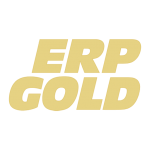
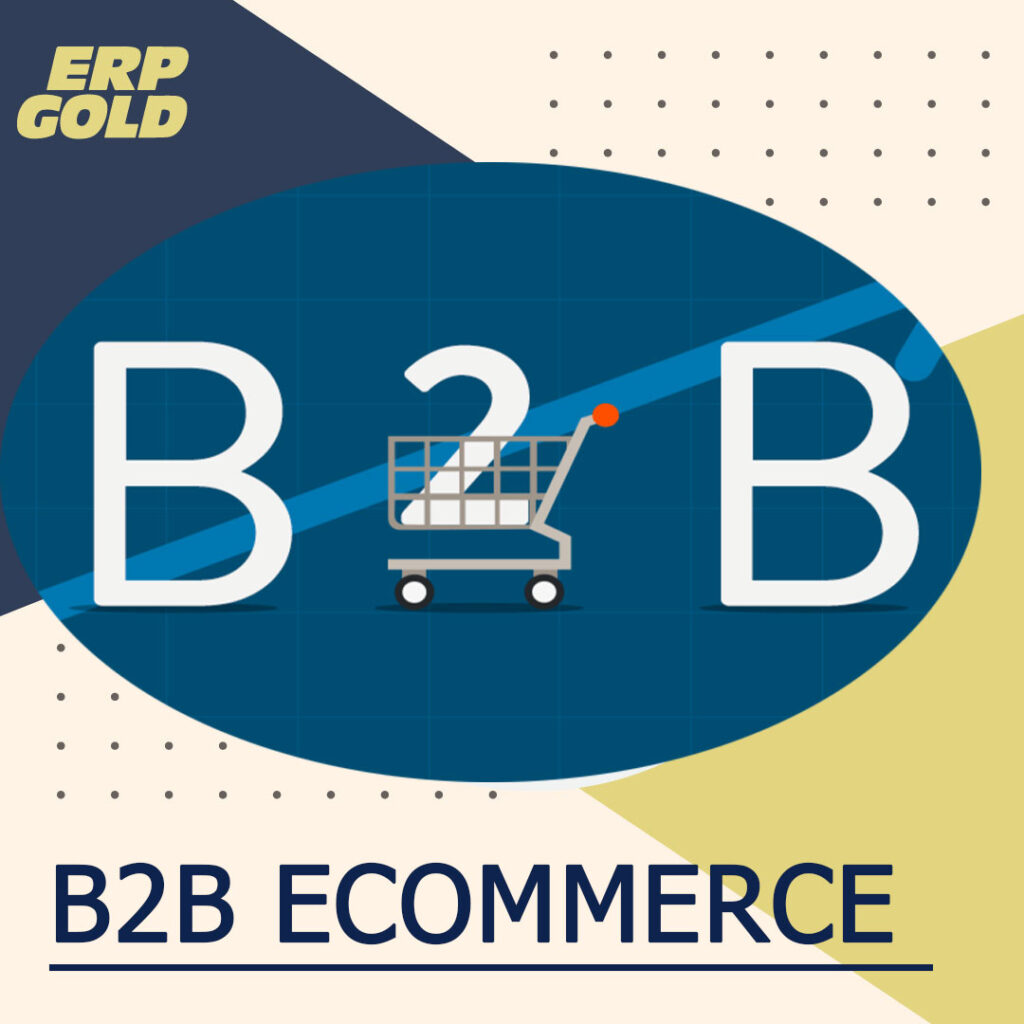
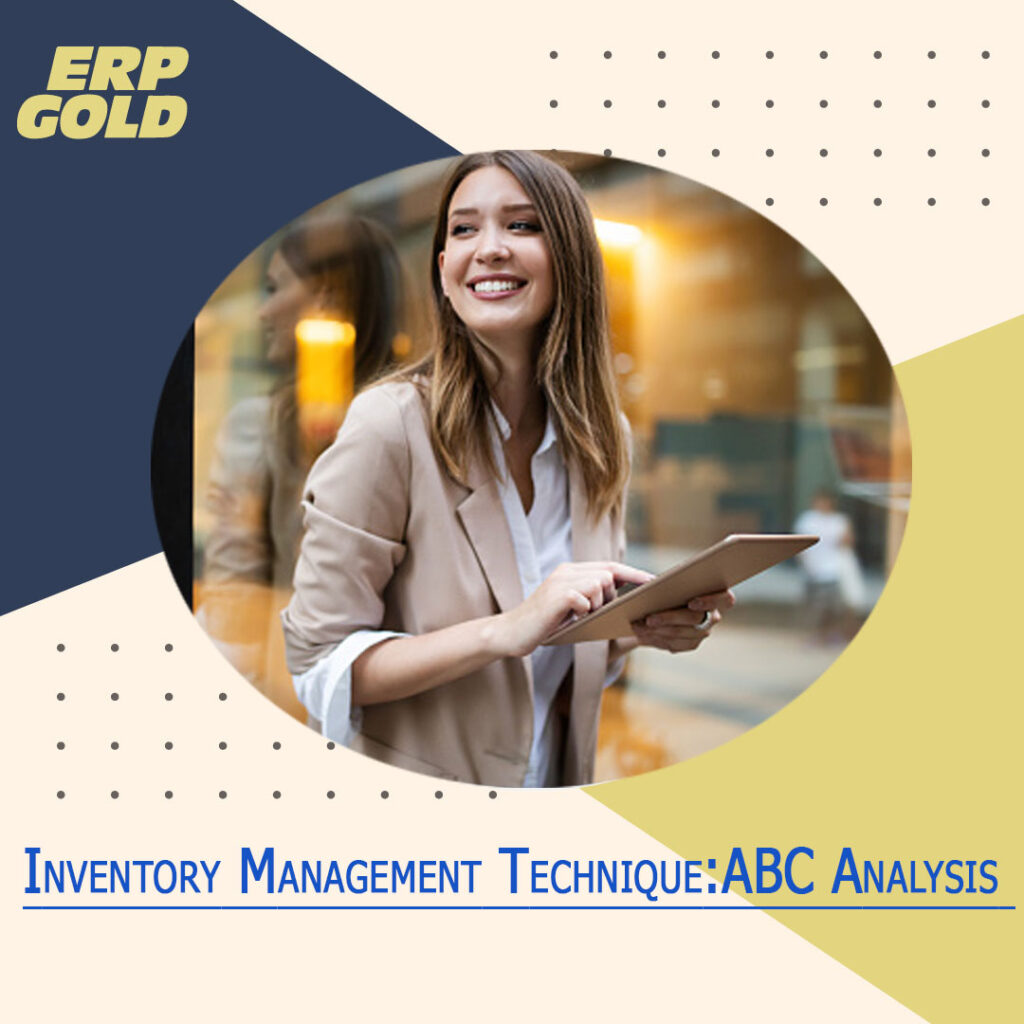
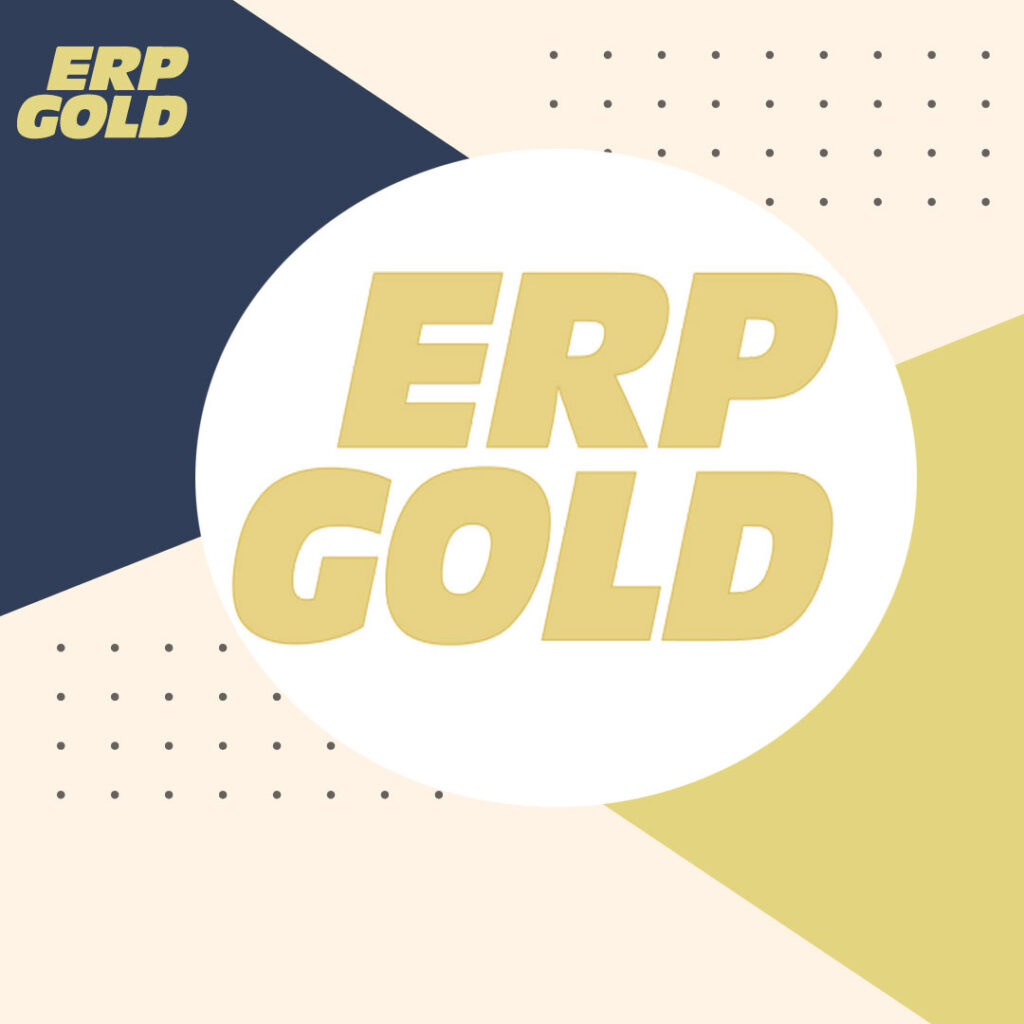 What ERP Gold is and what it does?
What ERP Gold is and what it does?